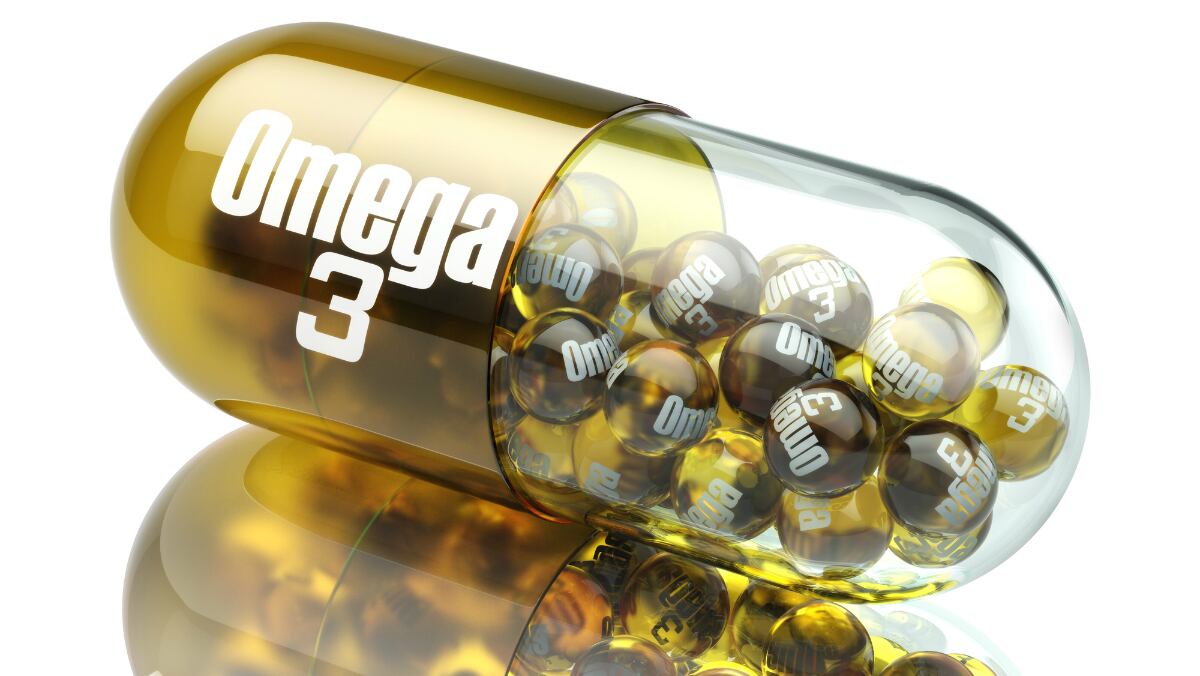Called the Vortex Fluidic Device (VFD), it was conceptualised and co-invented by Prof Colin Raston from the Flinders Institute for NanoScale Science and Technology, and is currently already being used to help develop a variety of new nanomaterials, such as precision-cut carbon nanotubes.
Recent trials, however, have reported positive results regarding the VFD’s ability to enhance fish oil processing, presenting a great deal of potential for its use in a commercial context.
Scientific support
One of these trials, published in the journal LWT — Food Science and Technology, reported that using the VFD to encapsulate fish oil was simpler than conventional encapsulation.
The researchers, from Flinders University and Guangzhou University, wrote that the “microfluidic platform simplifies the processing procedure of water-in-oil-in-water (w/o/w) encapsulation, as now a time- and cost-saving one-step process devoid of any organic solvents”.
They added that this was in “contrast to the conventional homogenisation process, which is inherently complex, involving multiple steps and the use of organic solvents”.
In addition, the use of homogenisation as a benchmark for encapsulating fish oil typically produces much larger macro-particles.
On the other hand, the facile process uses the thin-film VFD operating under continuous flow, which allows control over the size of the encapsulated spheroidal particles.
This gives rise to the possibility that this method could be used to produce smaller particles, which could in turn enhance the body’s absorption of fish oil.
This has significant health applications, as the process can improve the omega-3 fatty acids in fish oil, giving manufacturers in the food and supplement industries the opportunity to offer consumers greater health benefits.
Versatility of the Vortex
Apart from greater control over particle sizes and the ability to exclude organic solvents from the process, the researchers also discovered several technical aspects of the VFD that allowed for greater flexibility when encapsulating fish oil.
They observed that tweaking the various operating parameters of the VFD — including its temperature, rotational speed, flow rates and tilt angle, and the ratio and concentrations of its components — allowed them to be able to vary their choice of phospholipids and combinations, thereby altering the nature of the encapsulated fish oil.
According to Raston, this gives cause for future studies to focus on the use of the VFD to form nano-metre dimension particles, and highlights the device’s potential for multiple uses.
So far, Raston has demonstrated its ability to create biofuel in another study, and he said Flinders University was now actively keeping tabs on any new technologies it may expect to result from further research.
Raston and his research team have written approximately 60 papers on the Vortex Fluidic Device to date, which he said “have only scratched the surface of what is possible for this device”.
Cause for cost-saving
In the current study, the researchers observed that not only was the VFD a more effective method of encapsulation that could spell greater health benefits due to its ability to facilitate greater omega-3 absorption, it was also more cost-effective than standard homogenisation.
They wrote: “The conventional homogenisation method produced particles approximately 2μm to 4μm in diameter. In contrast, the particles generated using VFD processing were much smaller — in the nano-meter dimensions, (they were) below 300nm in diameter.
“We note that while this is similar to those generated using an expensive high-pressure homogenisation system, the VFD is a relatively inexpensive processing technology.
“Thus, VFD processing potentially represents a significant cost-saving approach for encapsulation at the nano-meter dimensions, noting that the VFD is a relatively inexpensive device.
They added that since the VFD simplified the procedure for w/o/w encapsulation, it avoided “complicated and expensive” processing, and “dramatically reduces the number of processing steps”.
The researchers concluded: “Overall, VFD processing provides a new alternative bottom-up approach to easy, scalable food processing, without the need for organic solvents, which are counter-productive in the food industry.
“Further studies on the use of the VFD in forming nano-meter dimension particles will focus on further systematically varying the different operating parameters of the VFD, the choice of phospholipid and combinations thereof, and the nature of the fish oil.”
[GS1]Cite paper in full at the end

